Kia Niro vs Toyota Prius – Which one offers the better deal?
Compare performance, boot capacity, efficiency and price at a glance.
Find out which car is the better choice for you – Kia Niro or Toyota Prius?
Costs and Efficiency:
When it comes to price and running costs, the biggest differences usually appear. This is often where you see which car fits your budget better in the long run.
Kia Niro has a evident advantage in terms of price – it starts at 29100 £, while the Toyota Prius costs 39400 £. That’s a price difference of around 10286 £.
Fuel consumption also shows a difference: Toyota Prius manages with 0.50 L and is therefore clearly more efficient than the Kia Niro with 2.40 L. The difference is about 1.90 L per 100 km.
As for range, the Toyota Prius performs clearly perceptible better – achieving up to 86 km, about 24 km more than the Kia Niro.
Engine and Performance:
Power, torque and acceleration are the classic benchmarks for car enthusiasts – and here, some clear differences start to show.
When it comes to engine power, the Toyota Prius has a to a small extent edge – offering 223 HP compared to 180 HP. That’s roughly 43 HP more horsepower.
In acceleration from 0 to 100 km/h, the Toyota Prius is decisively quicker – completing the sprint in 6.80 s, while the Kia Niro takes 9.90 s. That’s about 3.10 s faster.
In terms of top speed, the Kia Niro performs slight better – reaching 185 km/h, while the Toyota Prius tops out at 177 km/h. The difference is around 8 km/h.
Space and Everyday Use:
Beyond pure performance, interior space and usability matter most in daily life. This is where you see which car is more practical and versatile.
Both vehicles offer seating for 5 people.
In curb weight, Kia Niro is barely noticeable lighter – 1474 kg compared to 1620 kg. The difference is around 146 kg.
In terms of boot space, the Kia Niro offers clearly perceptible more room – 451 L compared to 284 L. That’s a difference of about 167 L.
When it comes to payload, Kia Niro a bit takes the win – 466 kg compared to 375 kg. That’s a difference of about 91 kg.
Who wins the race?
The Toyota Prius proves to be dominates this comparison and therefore becomes our DriveDuel Champion!
Toyota Prius is the better all-rounder in this comparison.
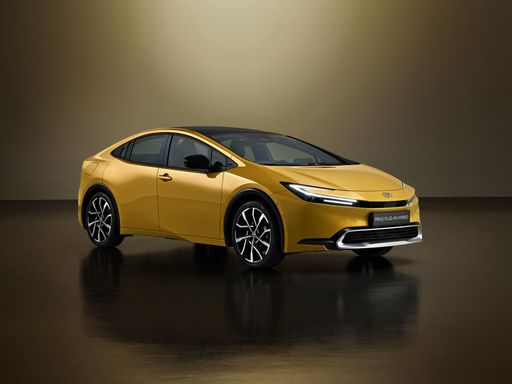 @ Toyota Motor Corporation
@ Toyota Motor Corporation
Toyota Prius
Kia Niro
The Kia Niro blends clever packaging and modern styling into a compact crossover that’s refreshingly sensible for daily life. It’s comfortable, economical and packed with user‑friendly tech, so if you want a fuss‑free family car with a touch of green credibility, the Niro is worth a test drive.
details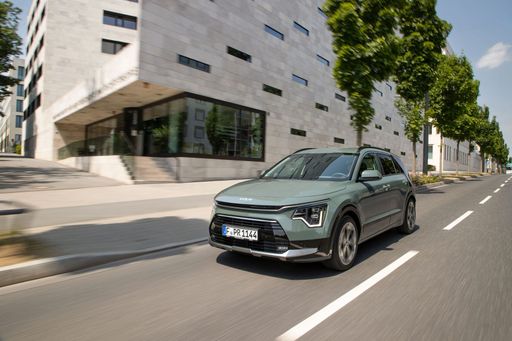 @ Kia Corporation
@ Kia Corporation
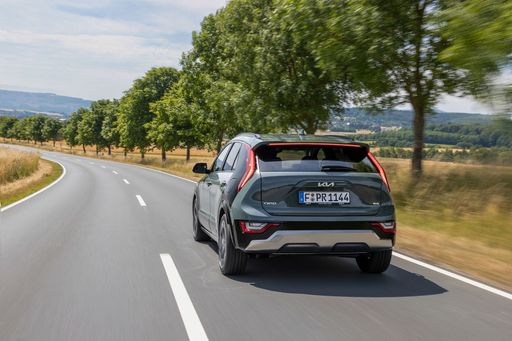 @ Kia Corporation
@ Kia Corporation
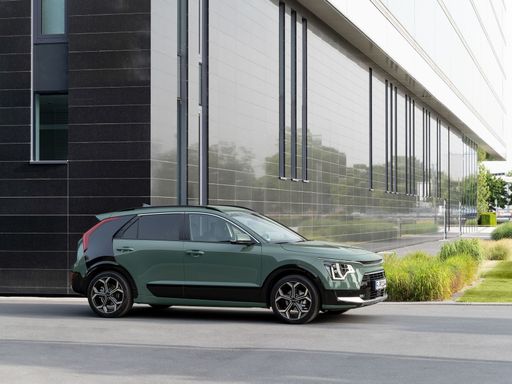 @ Kia Corporation
@ Kia Corporation
 @ Kia Corporation
@ Kia Corporation
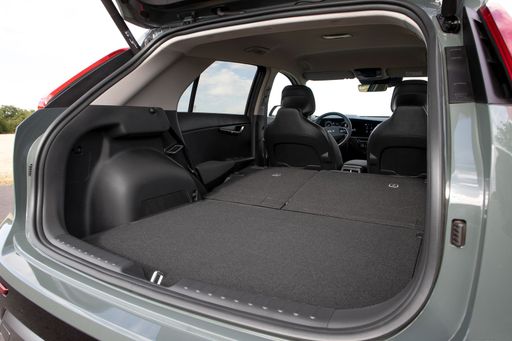 @ Kia Corporation
@ Kia Corporation
Toyota Prius
The Toyota Prius stands as a pioneer in the realm of hybrid vehicles, offering an eco-friendly driving alternative with its innovative technology. Its aerodynamic design and comfortable interior make it a practical choice for those looking to reduce their carbon footprint without sacrificing style. Additionally, the Prius boasts a reputation for reliability and efficiency, contributing to its lasting popularity among environmentally conscious drivers.
details @ Toyota Motor Corporation
@ Toyota Motor Corporation
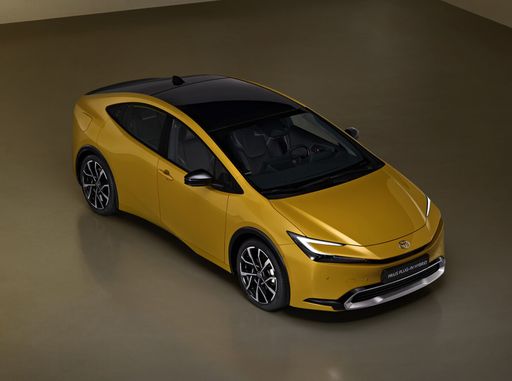 @ Toyota Motor Corporation
@ Toyota Motor Corporation
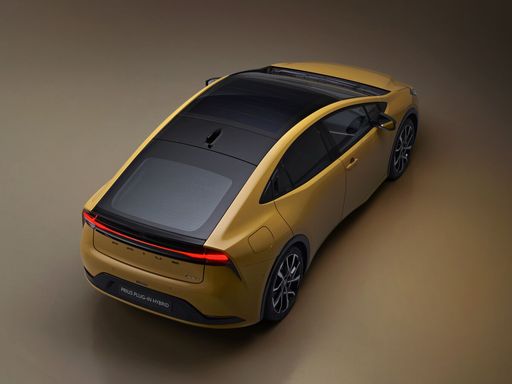 @ Toyota Motor Corporation
@ Toyota Motor Corporation
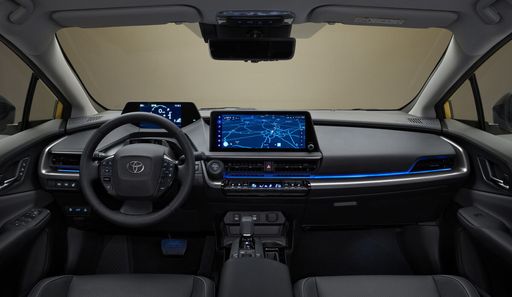 @ Toyota Motor Corporation
@ Toyota Motor Corporation
 @ Kia Corporation
@ Kia Corporation
|
 @ Toyota Motor Corporation
@ Toyota Motor Corporation
|
|
|
|
Costs and Consumption |
|
|---|---|
|
Price
29100 - 38600 £
|
Price
39400 - 45800 £
|
|
Consumption L/100km
2.4 - 4.9 L
|
Consumption L/100km
0.5 - 0.7 L
|
|
Consumption kWh/100km
-
|
Consumption kWh/100km
-
|
|
Electric Range
57 - 62 km
|
Electric Range
72 - 86 km
|
|
Battery Capacity
1.3 - 11.1 kWh
|
Battery Capacity
-
|
|
co2
53 - 111 g/km
|
co2
12 - 17 g/km
|
|
Fuel tank capacity
37 - 42 L
|
Fuel tank capacity
40 L
|
Dimensions and Body |
|
|---|---|
|
Body Type
SUV
|
Body Type
Hatchback
|
|
Seats
5
|
Seats
5
|
|
Doors
5
|
Doors
5
|
|
Curb weight
1474 - 1594 kg
|
Curb weight
1620 - 1630 kg
|
|
Trunk capacity
348 - 451 L
|
Trunk capacity
284 L
|
|
Length
4420 mm
|
Length
4599 mm
|
|
Width
1825 mm
|
Width
1782 mm
|
|
Height
1545 mm
|
Height
1470 mm
|
|
Max trunk capacity
1342 - 1445 L
|
Max trunk capacity
-
|
|
Payload
466 kg
|
Payload
365 - 375 kg
|
Engine and Performance |
|
|---|---|
|
Engine Type
Full Hybrid, Plugin Hybrid
|
Engine Type
Plugin Hybrid
|
|
Transmission
Automatic
|
Transmission
Automatic
|
|
Transmission Detail
Dual-Clutch Automatic
|
Transmission Detail
CVT
|
|
Drive Type
Front-Wheel Drive
|
Drive Type
Front-Wheel Drive
|
|
Power HP
138 - 180 HP
|
Power HP
223 HP
|
|
Acceleration 0-100km/h
9.9 - 11.4 s
|
Acceleration 0-100km/h
6.80 s
|
|
Max Speed
170 - 185 km/h
|
Max Speed
177 km/h
|
|
Torque
265 Nm
|
Torque
-
|
|
Number of Cylinders
4
|
Number of Cylinders
4
|
|
Power kW
102 - 132 kW
|
Power kW
164 kW
|
|
Engine capacity
1580 cm3
|
Engine capacity
1998 cm3
|
General |
|
|---|---|
|
Model Year
2025
|
Model Year
2023
|
|
CO2 Efficiency Class
C, B
|
CO2 Efficiency Class
B
|
|
Brand
Kia
|
Brand
Toyota
|
Is the Kia Niro offered with different drivetrains?
The Kia Niro is available as Front-Wheel Drive.
The prices and data displayed are estimates based on German list prices and may vary by country. This information is not legally binding.
